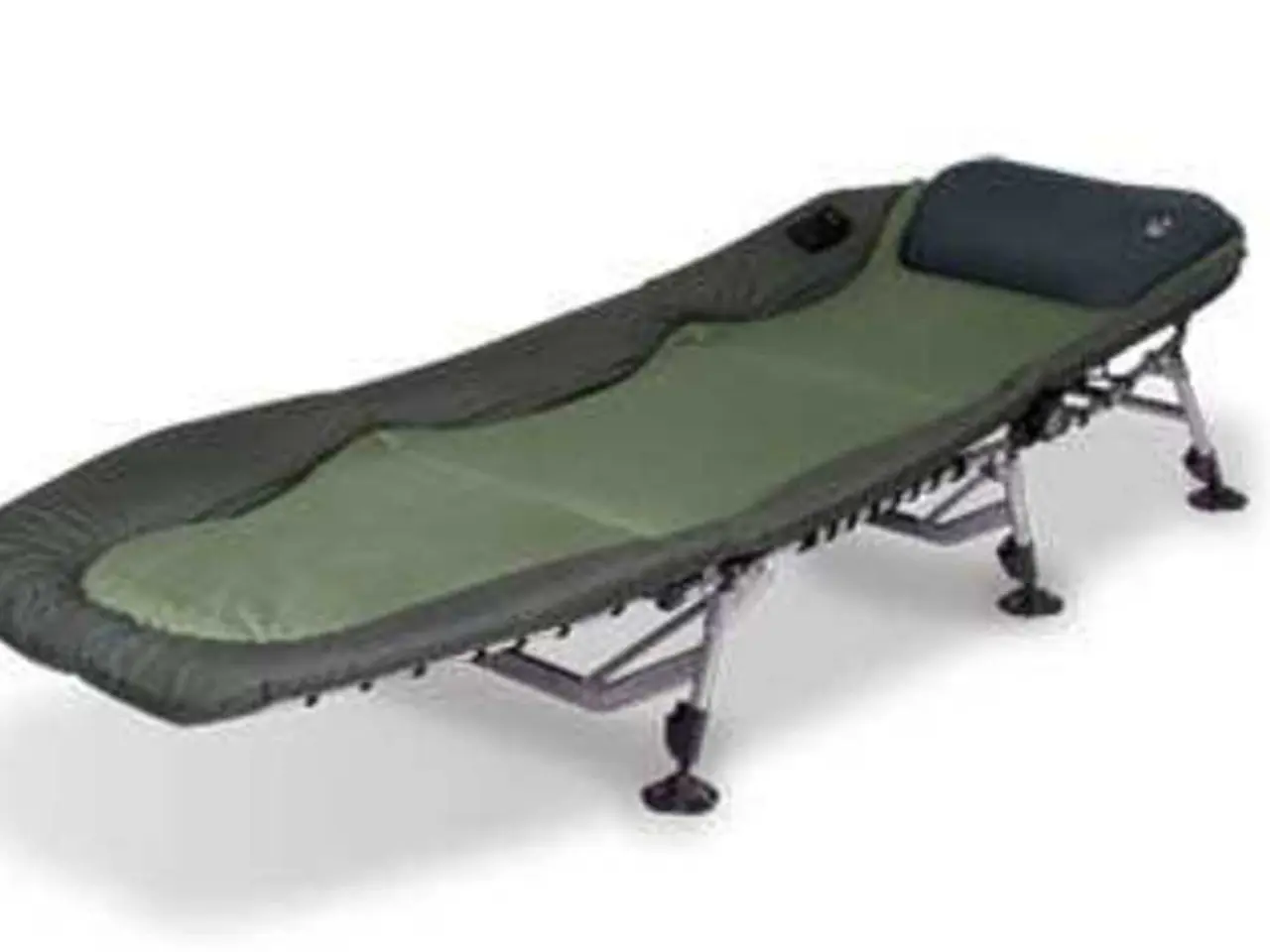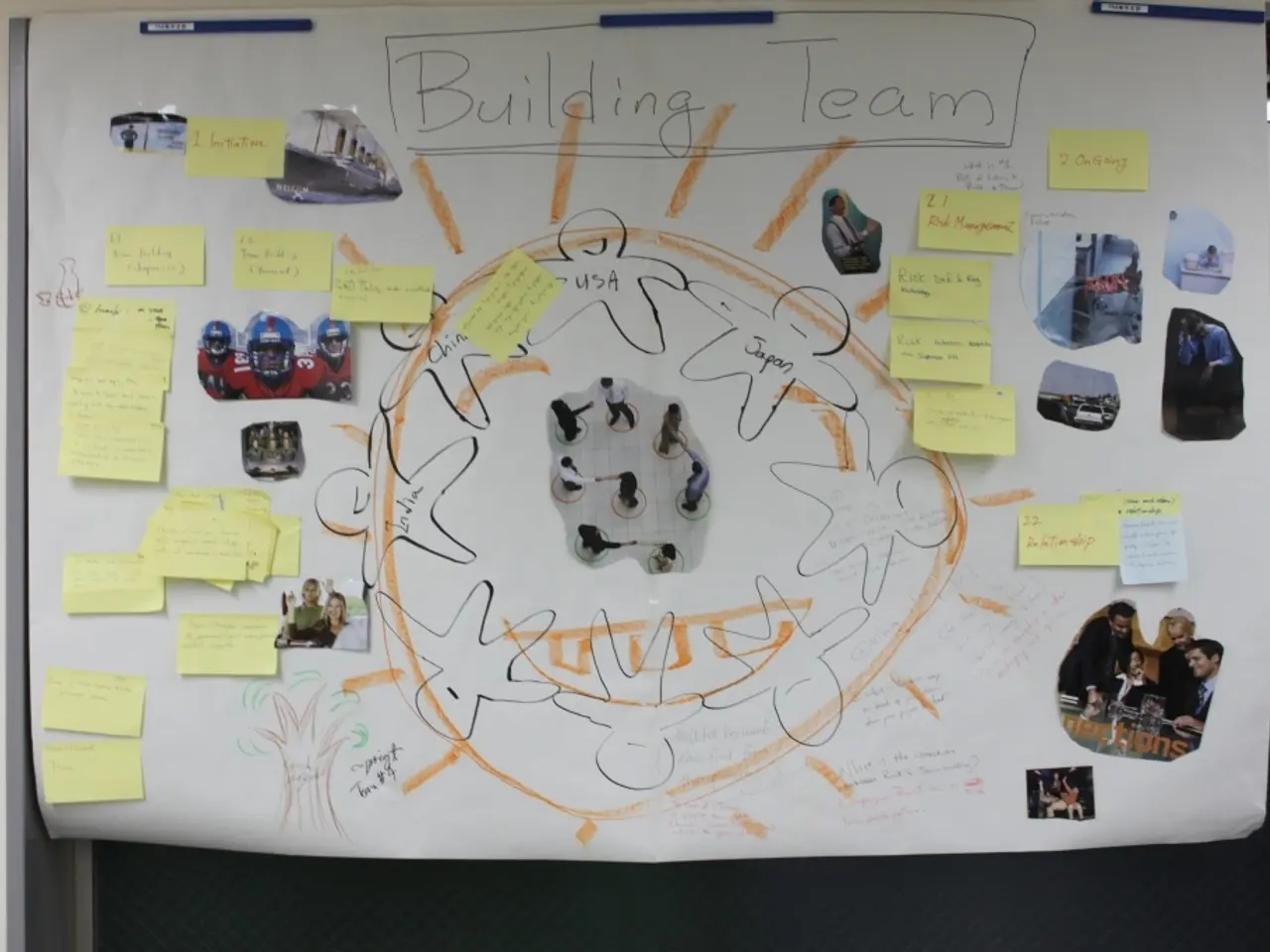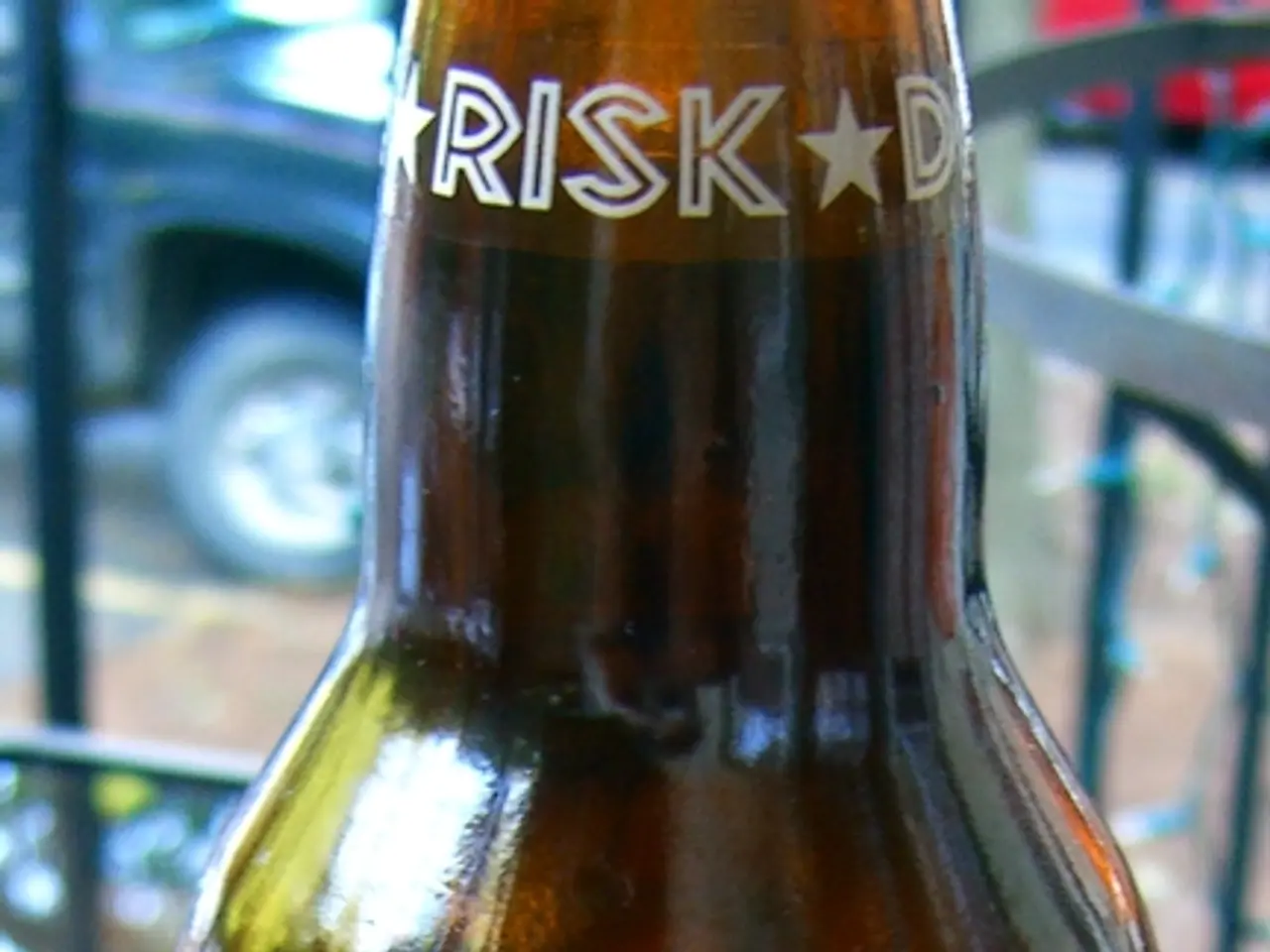Life Savers DLRG: Rescued 13 from Drowning in Saarland
DLRG Rescues Thirteen Individuals from Near-Drowning Incidents - Life-saving efforts by DLRG result in rescue of 13 individuals from water peril
If you're planning for a swim in the waters of the lush scenic district of Saarland, Germany, be cautious! In 2024, the German Life Saving Association (DLRG) reported a jaw-dropping rescue of 13 people from drowning, and the number of folks they assisted totalled a whopping 478!
This miraculous endeavor was led by an astounding number of 1,000 dedicated volunteers, putting in a staggering 39,000 hours of tireless work. Unfortunately, three unfortunate souls lost their lives to swimming accidents in 2024. The gravity of these numbers is not lost on DLRG President Ute Vogt, who commended, "Their heroics reflect the extra-ordinary commitment of our lifeguards, they're saving lives and keeping our society safer."
Let's not forget the word of warning from Vogt herself, "Only dip your toes during the chillingly slow commencement of the season, and make sure you swim in guarded waters. In case of emergencies, a lifeguard can intervene more swiftly there, say in the event of circulatory issues post-plunge in cold water." So remember, a casual splash could cost you more than just a headache.
Now, when it comes to the thrill of taking a dive, think twice before leaping headfirst into unknown waters. The euphoria of a cannonball dip might be short-lived for some, as the potential risks can be severe. Shallow or murky waters, especially unfamiliar ones, can hide unforeseen obstacles and pose the danger of causing serious injuries. In fact, it's estimated that nearly 80 people suffer paralysis each year due to diving into shallow waters.
Though the DLRG might not have specific guidelines to share for diving in Saarland, here's some general safety wisdom that could help you navigate the waters more cautiously:
General Safety Guidelines for Diving in Unknown Waters
Before You Dive:- Assess conditions: evaluate currents, depth, visibility, and potential hazards.- Check equipment: ensure all diving gear is in good working order, and perform a thorough buddy check.- Plan Your Dive: establish a dive plan, including the route, maximum depth, and time limits.
When You Dive:- Stay Within Limits: adhere to your planned dive profile to avoid decompression sickness.- Monitor Visibility: adjust your movements according to visibility to avoid collisions or getting lost.- Buddy System: always dive with a buddy so you can assist each other in case of emergencies.
After You Dive:- Gradual Ascent: ascend slowly to avoid decompression sickness, making safety stops as necessary.- Monitor Health: after the dive, monitor your health for signs of decompression sickness.
The DLRG, in their community policy, emphasize the importance of assessing conditions, checking equipment, and planning dives carefully before jumping into unknown waters to ensure safety. They also advocate for a buddy system during dives for emergencies and monitor health after diving.
To maintain overall health and wellness, incorporating science-backed health-and-wellness practices, such as fitness-and-exercise routines, can complement the safety measures taken during water activities, promoting a healthier lifestyle both on land and in the water.







